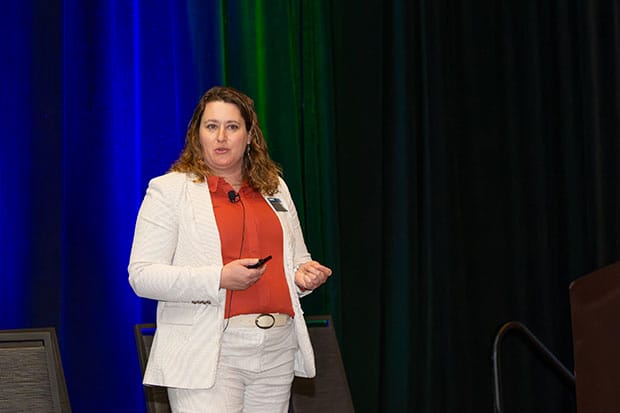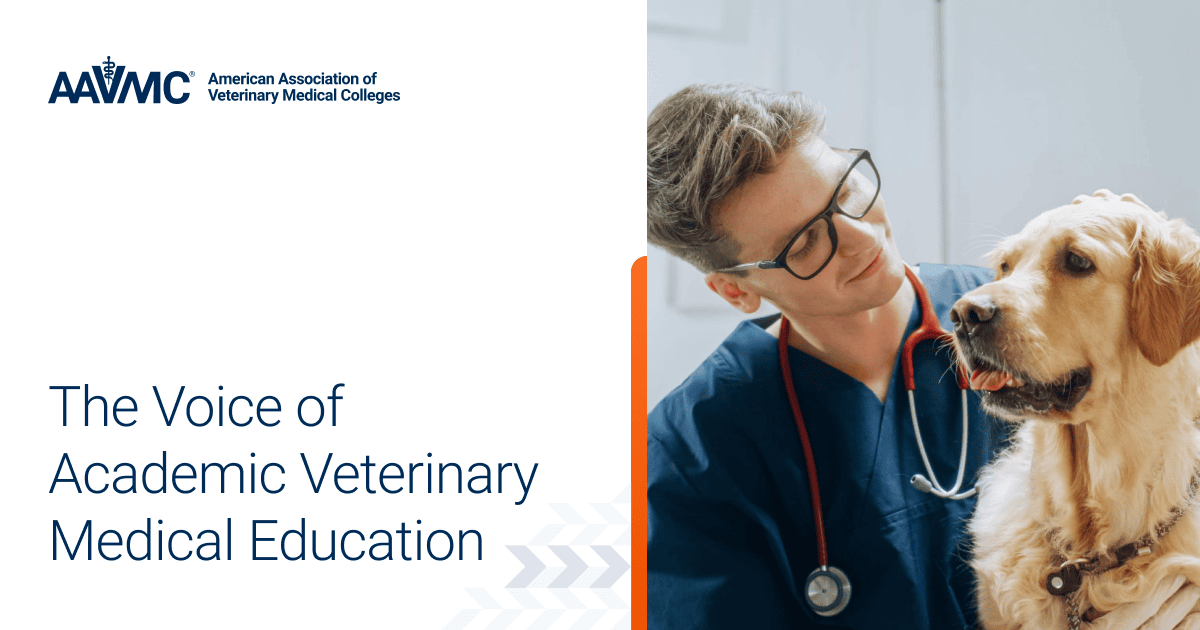- Weekend Rounds
- Posts
- How the Anti-Vaccine Movement Is Putting Pets and Vets at Risk
How the Anti-Vaccine Movement Is Putting Pets and Vets at Risk
Plus: how veterinary practices can manage risk amid economic uncertainty
Hello 👻
Welcome to a spooky Halloween edition of Weekend Rounds!
It has been a busy week away from the clinic and we are running on fumes. Of course, Friday was Halloween. Hopefully you saw more dogs dressed in cute costumes than dogs with chocolate toxicity cases.
And then yesterday, the World Series went to a seventh and deciding game where the Los Angeles Dodgers beat the Toronto Blue Jays. 😢😢
For Los Angeles, it was their second straight World Series championship. And all it took was about $400 million this year, and about $1 BILLION in deferred payments. 🤮🤮
Here’s what we’re covering:
💉 The impact of vaccine hesitancy on vet med
🏥 How veterinary practices can manage risk amid economic uncertainty
📉 Is Vet Med Recession Proof?
🚀 Quick hits

💉
Vaccine hesitancy has entered the chat
Our lead story this week is a heartbreaking feature in The New York Times, on how vaccine hesitancy is affecting veterinarians, relationships with clients, and patient health.
The article is behind a paywall (good journalisms costs money!), but you can read it for free here with our gift link.
Since Covid-19 changed our world forever, the anti-vaccine movement has gained ground in the United States and beyond. Vaccines became highly politicized and in the U.S, vaccine critics like Health Secretary Robert F. Kennedy, Jr. are gaining increasing power. The results for human medicine have been staggering (and upsetting). Childhood vaccination rates have fallen, measles has come back, and Florida plans to end all vaccine mandates, including for schoolchildren.
And as you may have experienced, anti-vaccine sentiment is affecting veterinary medicine too, with some owners hesitant to vaccinate their pets, even for fatal diseases like rabies. A 2024 survey estimated that 22 percent of dog owners and 26 percent of cat owners could be classified as vaccine-hesitant.
The story follows Dr. Kelly McGuire in Brighton, Colorado who has had to have tough and adversarial conversations with clients about the safety and necessity of vaccines. Some clients have gotten nasty and accused her of “pushing" the vaccines to make more money, or refusing them altogether.
Considering how some clients view us, along with rising anti-vaccine sentiment, it’s no surprise. But it is interesting to see a nearly 2,000 word story on it in a major news outlet.
And yes, many of these people’s concerns mirror the same ones in human medicine:
Vaccine-hesitant pet owners express some of the same concerns that have become hallmarks of the human anti-vax movement. Some worry that pets receive too many vaccinations, believe that it’s better for pets to get immunity from the disease itself than from a vaccine, and express concern that vaccines could lead to cognitive and behavioral changes in their pets, including conditions like autism.
Yes, you read that right. One of the major reasons fueling the anti-vax movement in pet owners is that they cause ‘pawtism’. You might be wondering how a name so cute could end up on a concept so dumb, and we’re not too sure either.
If the results of the movement mirror human medicine (as they have so far), it could lead us down a similar road that leads to the loosening of existing vaccination mandates, further decreases in pet vaccinations, and a a resurgence of infectious diseases that pose a risk to both pets and people.
Vaccine hesitancy in pet owners is a multi-faceted problem: it’s causing issues in our practice as clinic staff are needing to convince some pet-owners of the importance of vaccines, and it could become a public health issue if preventable illnesses return to pets, and spill over into the human population.
🏥
How veterinary practices can manage economic uncertainty
At the 2025 AVMA Veterinary Business and Economic Forum, AVMA Chief Economist Katelyn McCullock presented a detailed overview of the macroeconomic uncertainties shaping veterinary medicine’s near future. She emphasized that while veterinarians cannot eliminate uncertainty, they can manage risk to protect their practices from major losses. Her address highlighted a mix of economic volatility—from unpredictable labor market shifts driven by AI to persistent consumer pessimism that has lingered since the COVID-19 pandemic.
With rising loan delinquencies and uneven consumer spending between income groups, McCullock explained that there could be a “two-speed economy” where some clients remain resilient spenders while others struggle financially, a dynamic that directly affects veterinary service demand.

AVMA Chief Economist Katelyn McCullock, speaking at the 2025 AVMA Veterinary Business and Economic Forum.
Looking ahead to 2026, McCullock identified a number of key risks for veterinary businesses: inflation, trade tariffs, policy disruptions, and shifting geopolitical relationships. Despite steady employment and modest wage growth, ongoing inflation continues to erode consumer purchasing power, heightening the likelihood of a consumer-driven slowdown.
And now let’s get technical: the prolonged inverted yield curve—a traditional recession signal—adds further uncertainty about whether economic models still hold or if a delayed downturn is on the horizon. While the International Monetary Fund projects modest global and U.S. growth through 2026, McCullock cautioned that declining global trade could strain industries reliant on international supply chains, including veterinary pharmaceuticals and equipment.
To manage these risks, veterinary practices should focus on adaptability and proactive planning. McCullock advised staying closely attuned to economic indicators, client sentiment, and policy developments to anticipate changes in demand or costs. Practices can protect themselves by diversifying revenue streams, improving operational efficiency, and adjusting pricing strategies to maintain affordability amid inflation. Strengthening client communication, emphasizing preventive care, and monitoring appointment trends can help sustain caseloads. Finally, engaging in policy advocacy and professional collaboration can empower veterinarians to shape an economically sustainable and resilient future for the profession.
Read the full article from the AVMA. And if you believe that veterinary medicine is “recession proof” you better keep reading…
📉
Is Vet Med Recession Proof?
An article published mid-October in Frontiers in Veterinary Medicine further highlights the difficult economic climate. “Anticipating the downturn: business cycle forecasting for veterinary practice strategy in the United States” tackles the question “is veterinary medicine recession proof?”
The veterinary industry follows its own business cycle, distinct from the broader economy, and the recent analysis from Neill et al. shows it entered a recessionary phase in late 2024, with negative growth expected through mid-2026 before recovery begins.
While service prices continue to rise, real expenditures are declining, signaling contraction. Forecasts based on dynamic ARIMA models and macroeconomic indicators highlight the need for strategic planning across four phases: recovery, expansion, contraction, and recession. During recovery, practices should invest in infrastructure, secure financing, and hire proactively. Expansion calls for scaling operations, differentiating services like telemedicine, and building cash reserves. In contraction, the focus shifts to preserving liquidity, renegotiating vendor contracts, and monitoring KPIs for early warning signs.
Recession, which the article suggests extends through mid-2026, demands cost containment, operational efficiency, and exploring innovative models such as subscription plans or telehealth.
These strategies help practices mitigate risks and position themselves for growth when the cycle turns upward. The study emphasizes that veterinary medicine is not fully recession-proof; aligning decisions with cycle phases is essential for sustainability. Industry leaders and policymakers should track veterinary-specific indicators rather than relying solely on macroeconomic trends to ensure resilience and informed decision-making.
🚀
Quick Hits
Here are some of the other stories that caught our eye and we're following this week from around the veterinary world and animal kingdom:
How did we do today?Tell us what you thought of this edition of Weekend Rounds so we can keep improving! |






